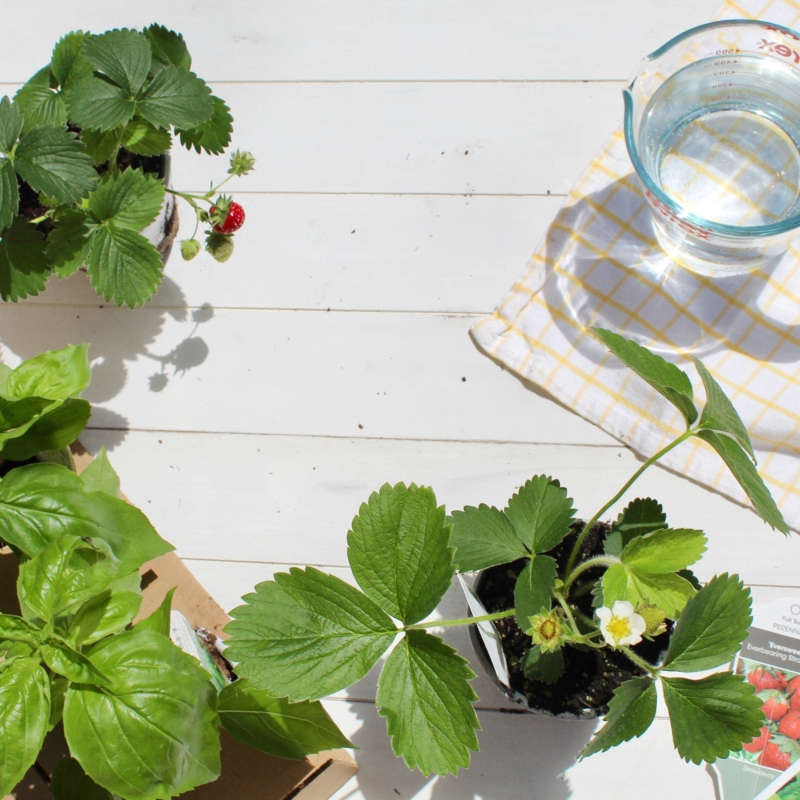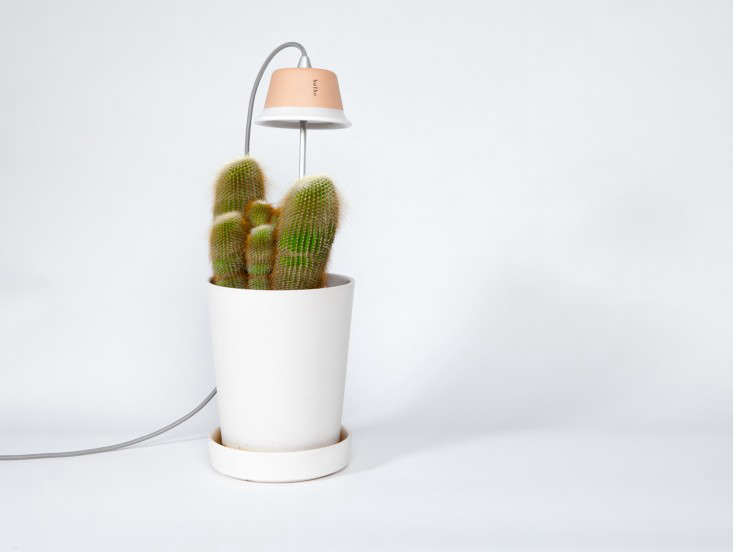The last thing you’d expect on a quiet residential street in a posh Tokyo neighborhood is a subversive shop. But behind Sinajina’s mossy, manicured sign, bonsai artist Kenji Kobayashi is selling a radical idea along with his tiny trees.
Breaking with traditionalists who prefer their carefully cultivated dwarves to be hundreds of years old, Kobayashi is happy to tease young, tender plants into Seussian contortions. His whimsical creations include miniature landscapes, hedgehogs that grow moss on their backs (see them on Ginkgo Telegraph), and pine seedlings that literally tie themselves into knots to please him. With prices that range on average from $40 to $600, Sinajina’s inventory is designed to convince a younger generation that bonsai, Kobayashi says, can no longer be dismissed as “a dull hobby for old men.”
Above: Kobayashi opened his shop 10 years ago, after a stint living abroad in Portland, Oregon, where he studied with bonsai master Kawamoto Toshio, founder of the saikei style of clustering trees to create miniature landscapes. Image via Tokyo Greenspace.

Above: Inside the shop, maple seedlings and moss bushes are trained without the use of traditional bonsai wires. Image via Metropolis.
Above: A pine seedling has been convinced to curl up over itself; image via Tokyotoshi.
Above: if it looks more like a pet than a plant, it’s no accident. Kobayashi hopes customers will treat his trees like members of their families. Image via Tokyotoshi.
Above: At classes for both beginners and advanced students, Kobayashi explains how to use deciduous plants—such as astilbes and ferns—to make “little landscapes of our lives.” Image via Tokyo Greenspace.
Above: Mounded moss, pebbles, and small stone paths can create a scenic illusion—or keshiki—in the bonsai style Kobayashi pioneered. Image via Tokyo Greenspace.
Above: The plants need to be repotted every three years, at which time their roots are pruned; image via The Doll Flowers.
Above: Sinajina blends effortlessly into the suburban surroundings of Tokyo’s Jiyugaoka neighborhood; image via Kush.






Have a Question or Comment About This Post?
Join the conversation